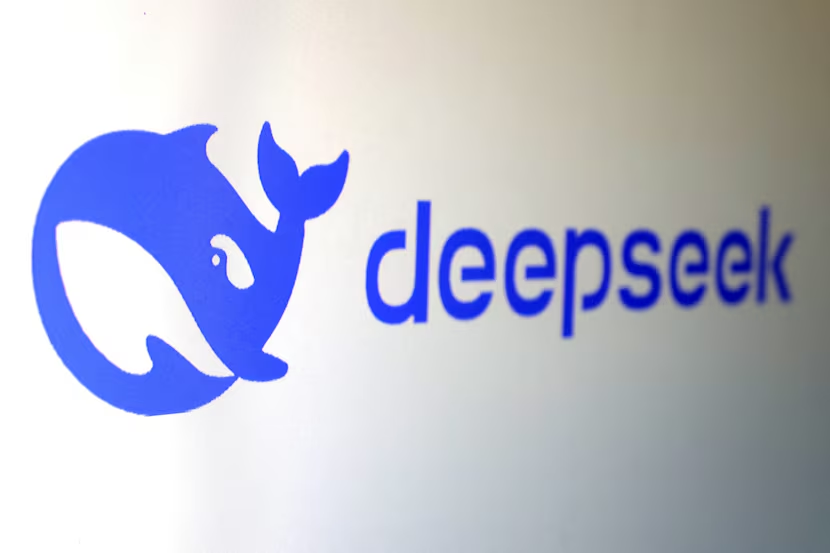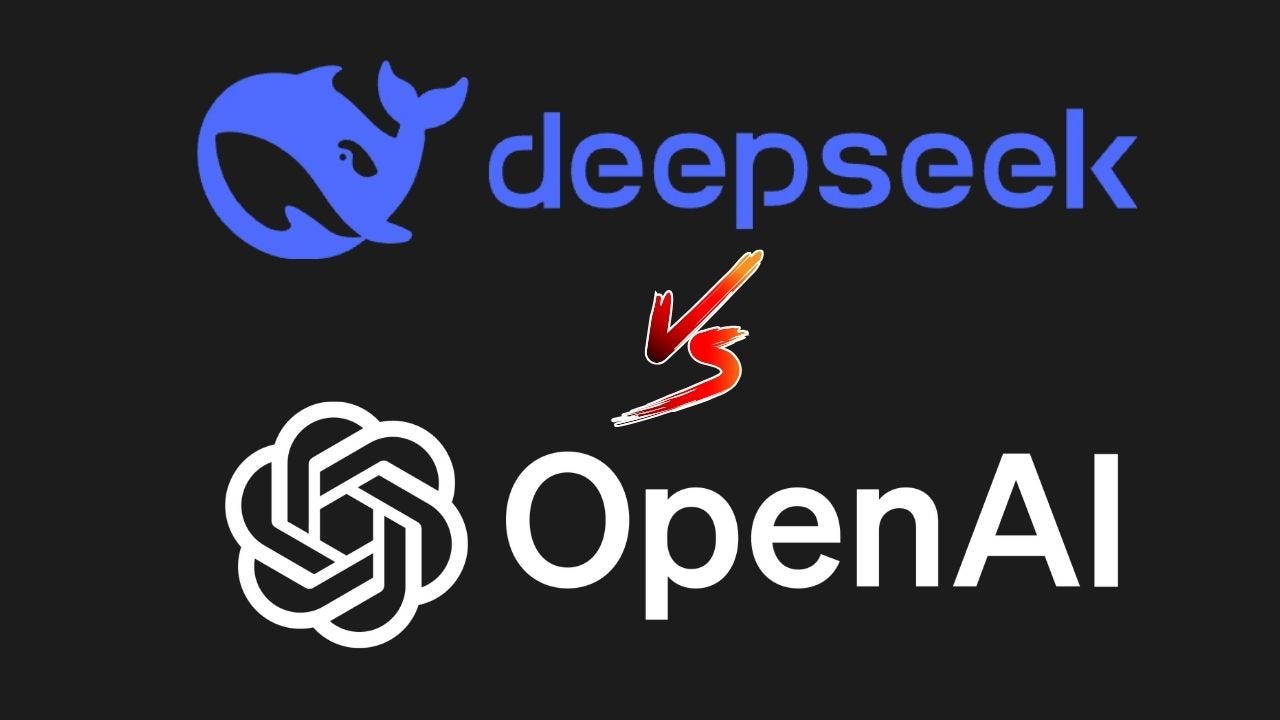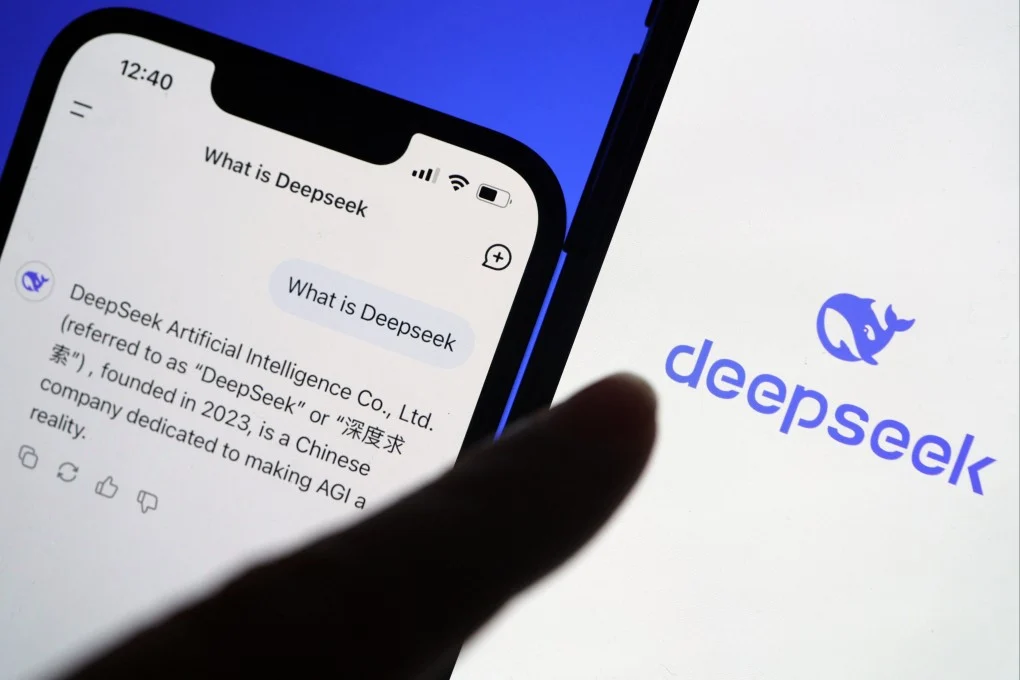DeepSeek R1, a recently unveiled AI model developed by the Chinese startup DeepSeek, is causing ripples across the tech industry. The model rivals high-profile systems like OpenAI’s GPT-4, Google’s Gemini, and Meta’s Llama. However, what sets it apart is its remarkably low development cost-a factor that has triggered widespread attention and scrutiny.
DeepSeek A Game Changing Development

Developed with just $5.6 million, DeepSeek R1’s cost efficiency challenges the long-held belief that cutting-edge AI requires billions in investment. Despite restrictions on advanced AI chip exports to China, the company achieved this milestone using less powerful hardware, defying global expectations. Marc Andreessen, the renowned Silicon Valley investor, described the launch as “AI’s Sputnik moment,” underscoring its significance in reshaping the industry.
The model’s open-source design is another pivotal factor. By allowing global developers to test and improve upon the technology, DeepSeek has positioned itself as a key player in democratizing AI innovation.
Also Read: Open-AI is Developing a New Reasoning Technology Named ‘Strawberry’
DeepSeek’s Rapid Rise

Founded in late 2023 by Liang Wenfeng, a Chinese hedge fund manager, DeepSeek has quickly gained attention in the competitive AI landscape. Liang, likened to OpenAI CEO Sam Altman for his leadership and advocacy, has propelled DeepSeek into the spotlight with his strong vision for AI.
While earlier models like the V3 generated some industry buzz, they were criticized for restrictive policies on topics deemed sensitive in China. DeepSeek R1, however, has eclipsed its predecessors, capturing global attention and achieving unprecedented milestones, such as topping app store charts and surpassing ChatGPT with over two million downloads.
Redefining AI Development

DeepSeek R1 represents a disruptive approach to AI, challenging the norms of high-cost, resource-intensive development. Major tech companies such as Meta and OpenAI have historically emphasized the significant infrastructure required for AI, with Meta allocating $65 billion to AI projects this year alone.
DeepSeek’s breakthrough raises questions about the necessity of such massive expenditures. The company’s success in creating a competitive model on limited resources could inspire a wave of cost-conscious development across the industry.
Challenges to US Dominance
DeepSeek R1’s emergence raises concerns about the effectiveness of US efforts to maintain technological dominance. Export restrictions aimed at preventing China’s access to advanced AI chips appear less effective in hindering innovation than previously assumed.
The announcement triggered market jitters, with major US tech firms experiencing sharp stock declines. Nvidia, a leader in AI chips, saw its stock fall by 12% in pre-market trading. Alphabet, Meta, and other giants also reported significant losses as investors reevaluated the competitive landscape.
Also Read: Google Parent Alphabet Layoffs Reduces 12,000 Jobs By 6%
Unanswered Questions
Despite the buzz surrounding DeepSeek R1, critical questions remain. The company has not disclosed detailed expenses, including potential R&D costs, leaving uncertainty about the true cost of the model.
Additionally, while the model excels in consumer-facing applications, it has yet to demonstrate capabilities required for more complex industrial AI applications, which rely on significant infrastructure investment.
A New Era in AI
While DeepSeek R1 is an impressive milestone, analysts believe the US retains a strong position in AI development. With robust infrastructure, significant capital, and a rich talent pool, American firms continue to lead in advancing large-scale AI systems.
However, the arrival of DeepSeek R1 signals a shift in how AI innovation might evolve. By proving that cost-efficient development is possible, DeepSeek has opened the door for smaller players to enter the competitive field, potentially reshaping the future of AI.










